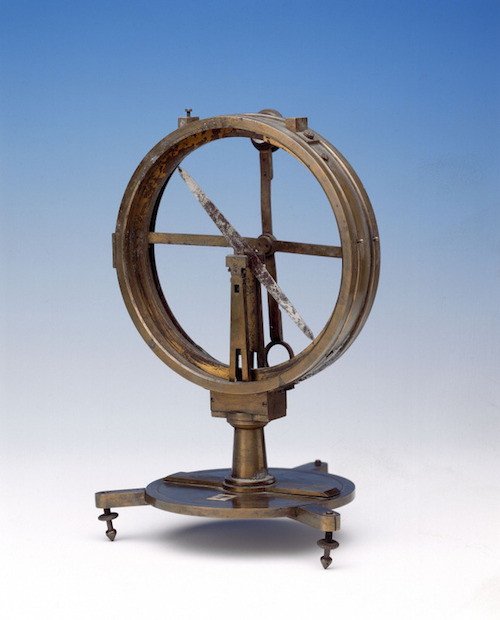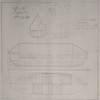Contact Zone
As well as being an Arctic homeland and the region of the Northwest Passage, the nineteenth century Arctic was also a place of intercultural contact. Written European and Inuit histories generally agree that encounters between the two began in the sixteenth century by explorers to the region of Davis Strait and Baffin Bay such as the British mariners Martin Frobisher and John Davis. Intercultural contact, usually of short duration and limited scope, was continued over the next three centuries by a few traders and whalers who moved through the region. Following the revival of the search for the Northwest Passage by the British Admiralty in the early nineteenth century, however, many more ships arrived and surveyed the region. Contact between the two groups varied from surprise and fear to mutual respect and support.
Different Strategies
Transportation - For transport, British explorers relied on large wooden ships to travel to and through the region, supplemented by smaller boats and sledges for surface travel. How suitable were both ships and smaller boats in the frequently ice-clogged Arctic waters? How suitable were the British sledges, that were large and cumbersome, and the explorers largely relied upon "man-hauling" for their motive power. How did this compare to the lighter sledges, pulled by sled dogs, used by the Inuit, and their very different water transportation?
 HMS Erebus in Ice, 19th century
HMS Erebus in Ice, 19th century
 Admiralty Plan of a boat and canvas awning, 1847
Admiralty Plan of a boat and canvas awning, 1847
Food and Shelter - On most Arctic expeditions in the nineteenth century, the British lived aboard their ships. They brought all their provisions with them, mostly obtained at the Royal Navy victualing station at Deptford, near Greenwich to the east of London. The British naval expeditions comprised large crews lacking the flexibility of smaller groups such as Inuit hunting parties.
Western and Inuit Time
One of the biggest differences between the two cultures is one that is difficult to see, as historian Lyle Dick argues in this short essay (Time after Time ), extracted from his history of Ellesmere Island Muskox Land.
 Pocket chronometer from the Franklin Expedition
Pocket chronometer from the Franklin Expedition
Learning from Each Other
If these two groups had very different strategies for surviving the Arctic environment, in the years after the Franklin Expedition, each group responded to, and was changed by, the other. The importance of contact for Inuit in this period was very limited: they were primarily interested in the pieces of wood or metal, scarce in the Arctic, which they could repurpose from the Franklin ships in fashioning their tools and hunting weapons. The children enjoyed playing with the various artefacts they found from the boat.
Convinced of the technological prowess of their own culture, the explorers, like other Europeans, often viewed Inuit and other Aboriginal groups as "primitive" peoples and made little effort to study their lifeways or learn how they had adapted to the rigours of the Arctic environment. At least at first. While the majority of the European parties of this period, including British and American expeditions, did not seek to engage Inuit or their knowledge of this environment, Netsilingmiut skills and knowledge were, however, of great assistance to several exploratory parties, including those of Rae, McClintock, Charles Francis Hall, and Frederick Schwatka, as the following documents attest.
Look to the oral history accounts in the Inuit Testimonies section by Rae, McClintock, Hobson, Hall, Schwatka to find how Inuit knowledge helped them not just survive, but thrive in the Arctic.







